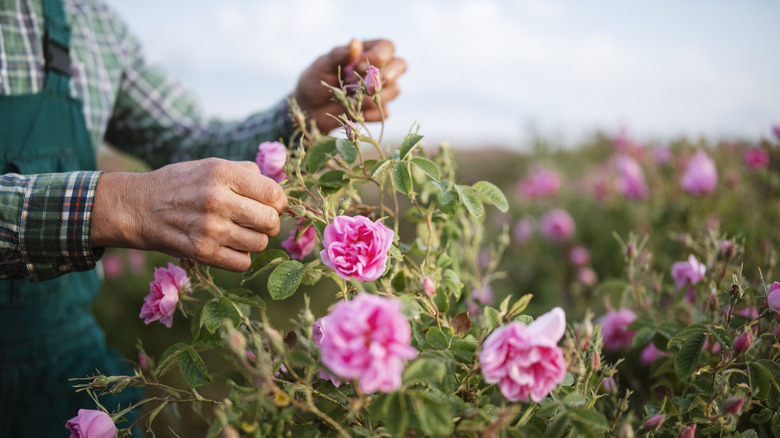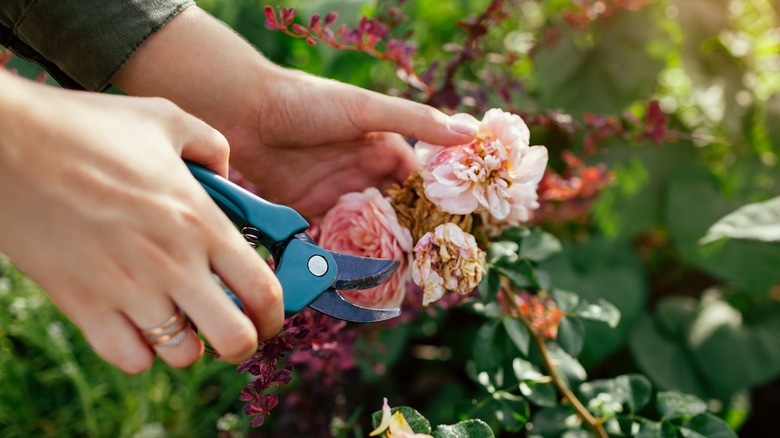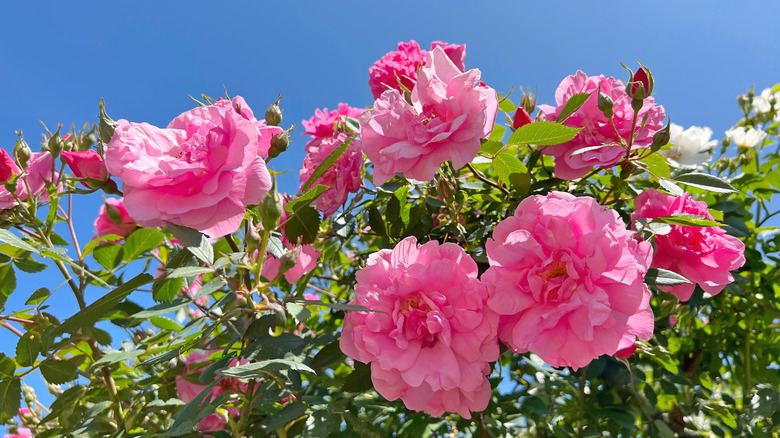How And When To Deadhead Roses
Roses are undeniably among the world's most beloved flowers. Their timeless allure and enchanting fragrance are second to none. As symbols of love and affection, these blooms play a crucial role in our lives, making their preservation a must for all garden enthusiasts. Contrary to popular belief, rose care need not be complex. With a basic understanding of sunlight requirements, water intake, appropriate fertilizer usage, and a simple technique known as 'deadheading,' one can easily maintain their splendid charm.
'Deadheading' is the act of removing spent rose blooms to stimulate further blooming. This redirection of the plant's resources, which would otherwise be wasted on a dying flower, helps in the development of seeds and the creation of more vibrant blooms.
Without proper maintenance, a rose bush can lose its inherent elegance. Deadheading plays a significant role in preserving the bush's aesthetic appeal and preventing unfortunate occurrences such as fungal infections and stem die-back. Indeed, deadheading acts as a protective spell, maintaining the fairy-tale allure of our cherished roses.
The best way to deadhead
To begin deadheading, equip yourself with gloves, sharp secateurs, and a bucket for collecting cut stems or flowers. The task then involves searching for and removing dead or dying blooms, following a two-stage approach for optimal results.
The best way to start is by removing any finished bloom from a flowering head. Achieve this by using your secateurs to cut off the finished flower, ideally where the base of the flower meets at the parent stem. If there are any buds or blooms, leave them be, as they will continue flowering. It is important to only cut the dead or dying bloom for single flowers, and the next flower will shoot out from there.
The second stage caters to multi-flower roses. As in the first stage, remove only those that are dying, leaving the healthy cluster intact. Once all blooms in a cluster have wilted, then remove the entire cluster from the stem. During this stage, consider shaping your bush by cutting any tall stems to match the height of the remaining plant.
Timing and helpful tips for deadheading
As for when to deadhead, carry out stages one and two as necessary throughout the flowering season. However, be sure to conduct the second stage after each flush of flowers to maintain the vitality and appearance of your rose bush. But before you go on a deadheading spree, remember these friendly tips to keep things safe and sanitary.
You want to disinfect your secateurs before and after use to prevent the spread of diseases. Also, consider wearing protective clothing to guard against thorns and potential irritants. In the case of large rose bushes, be patient and work systematically, one section at a time, to avoid missing any spent blooms.
Finally, while deadheading promotes healthier roses and more abundant blooms, it's equally important to support your roses with a balanced diet of nutrients and water. This holistic approach to rose care can transform your garden into a rose paradise, bursting with radiant, intoxicating blooms all season long, just like the way we imagine them in fairytales!


